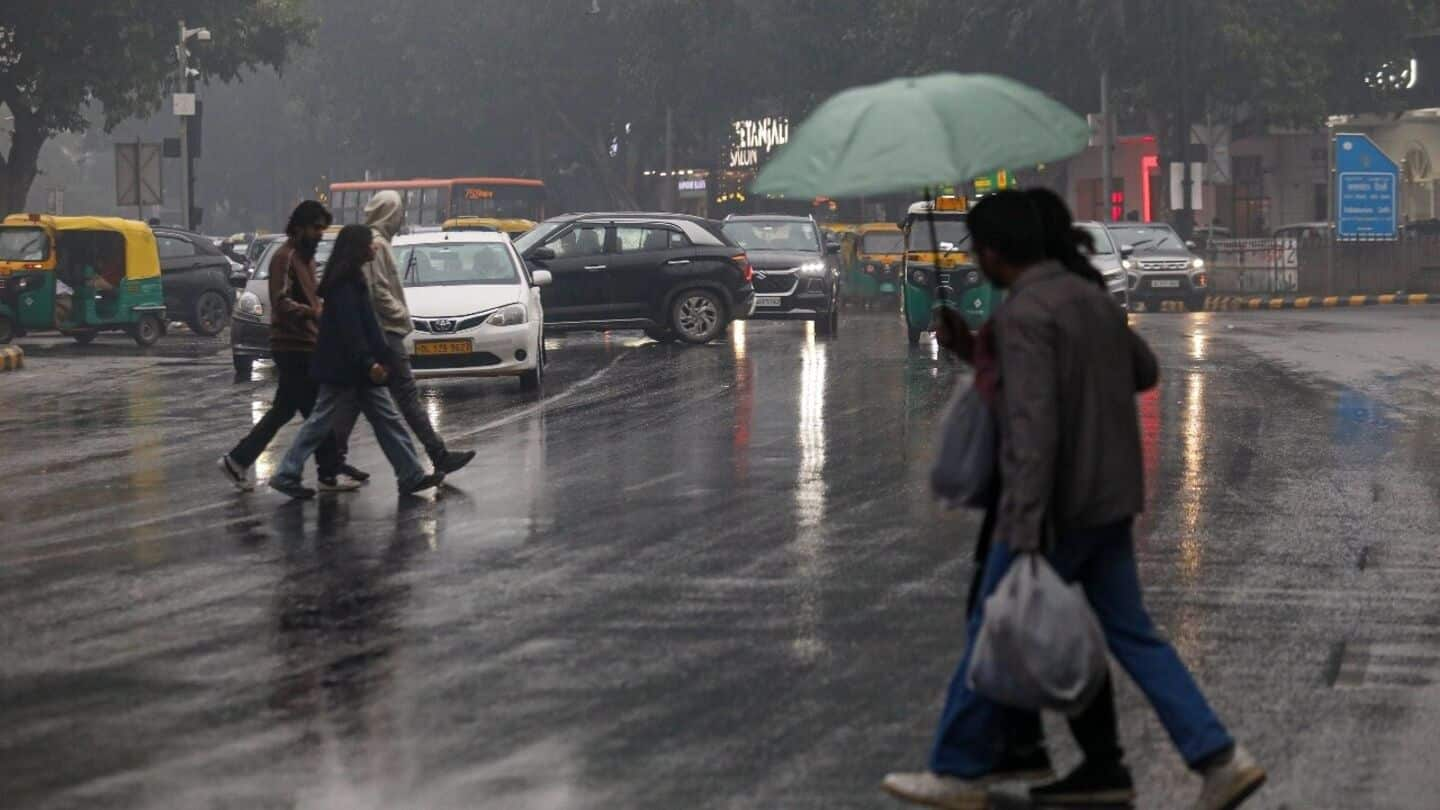
India to experience above-average monsoon in 2025: IMD
What's the story
India will witness an above-average monsoon in 2025, the India Meteorological Department (IMD) has said.
It predicted seasonal rainfall at 105% of the long-period average (LPA), with a model error margin of 5%.
LPA is the average rainfall recorded over a specific region for a given time interval (like a month/season) over a lengthy period like 30 or 50 years.
The Ministry of Earth Sciences said the expected above-average rainfall could give a much-needed boost to the agricultural sector.
Monsoon cycle
Monsoon's typical timeline and impact on agriculture
The southwest monsoon usually starts its advancement over Kerala by June 1 and recedes by mid-September.
The IMD has defined normal rainfall as 96-104% of the 50-year average of 87cm. Any quantum above this range is termed "above normal."
However, some parts are likely to receive below-normal rainfall. These include Ladakh, the Northeast, and Tamil Nadu during the four-month monsoon season.
Climate conditions
Key climate factors in neutral phase
According to the IMD, all major climate factors, including El Niño and the Indian Ocean Dipole (IOD), are presently neutral.
Neutral conditions are conducive to a good monsoon.
El Niño is a climate pattern in which the surface waters of the central and eastern Pacific Ocean are warmer than normal.
Snow cover
Reduced snow cover and its impact on monsoon
Another good sign for a healthy 2025 monsoon is reduced snow cover over Eurasia and the Himalayan region.
Historically, less snow cover in these regions has meant stronger monsoon rainfall in India.
A good, evenly distributed rain would go a long way toward increasing kharif agriculture productivity while also providing critical residual soil moisture for the upcoming rabi harvest.
The rains would also assist to replenish the reservoirs, which have been on the verge of depletion for some weeks.